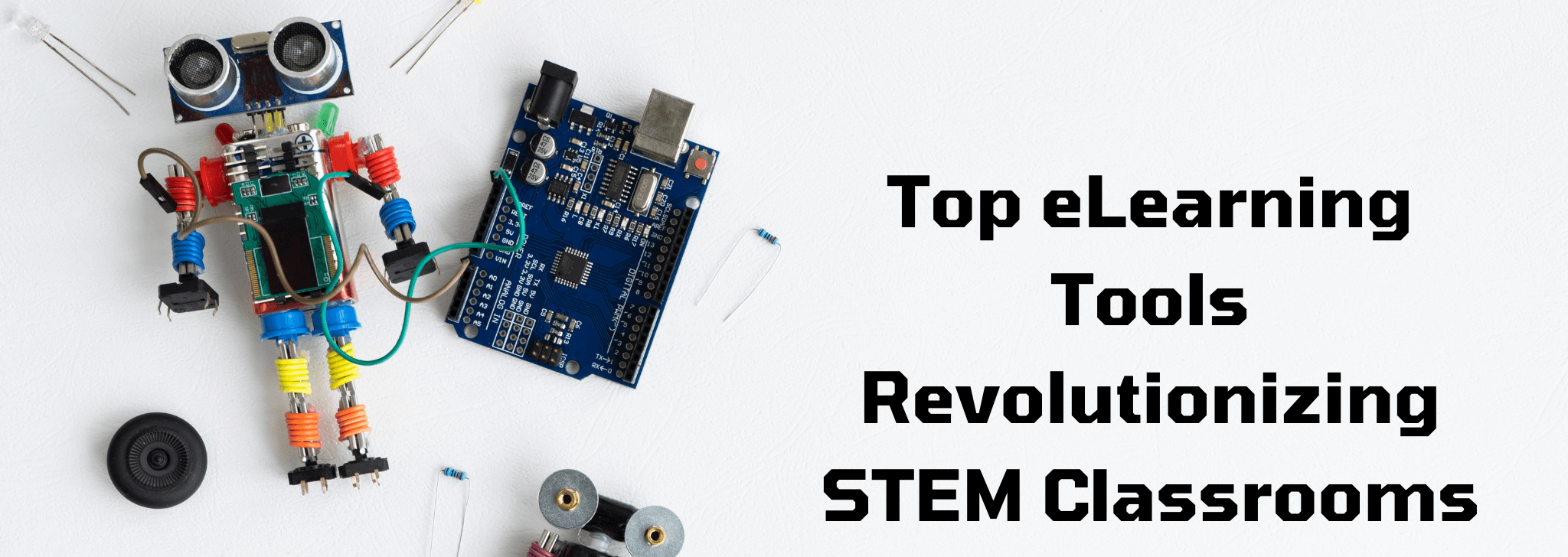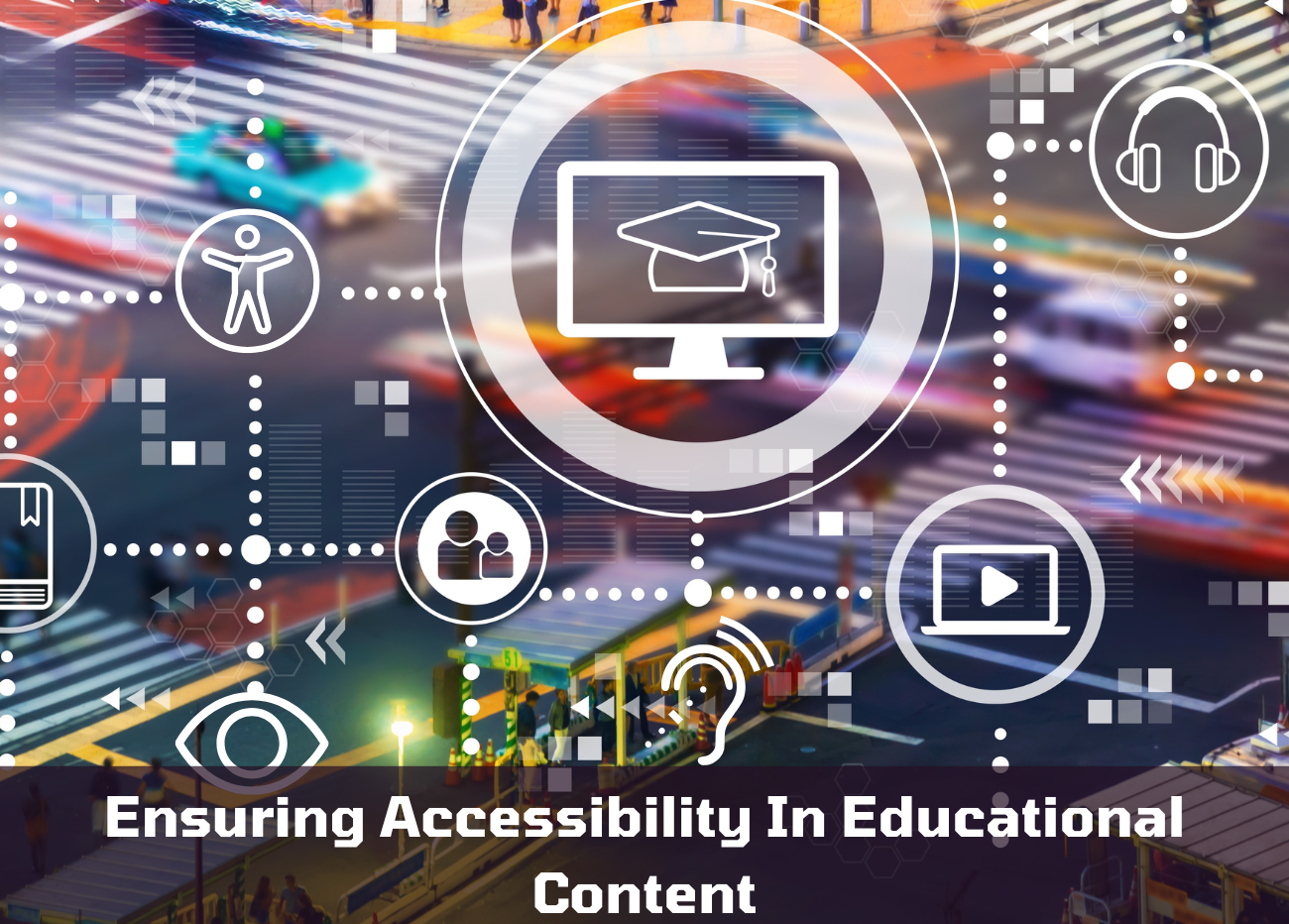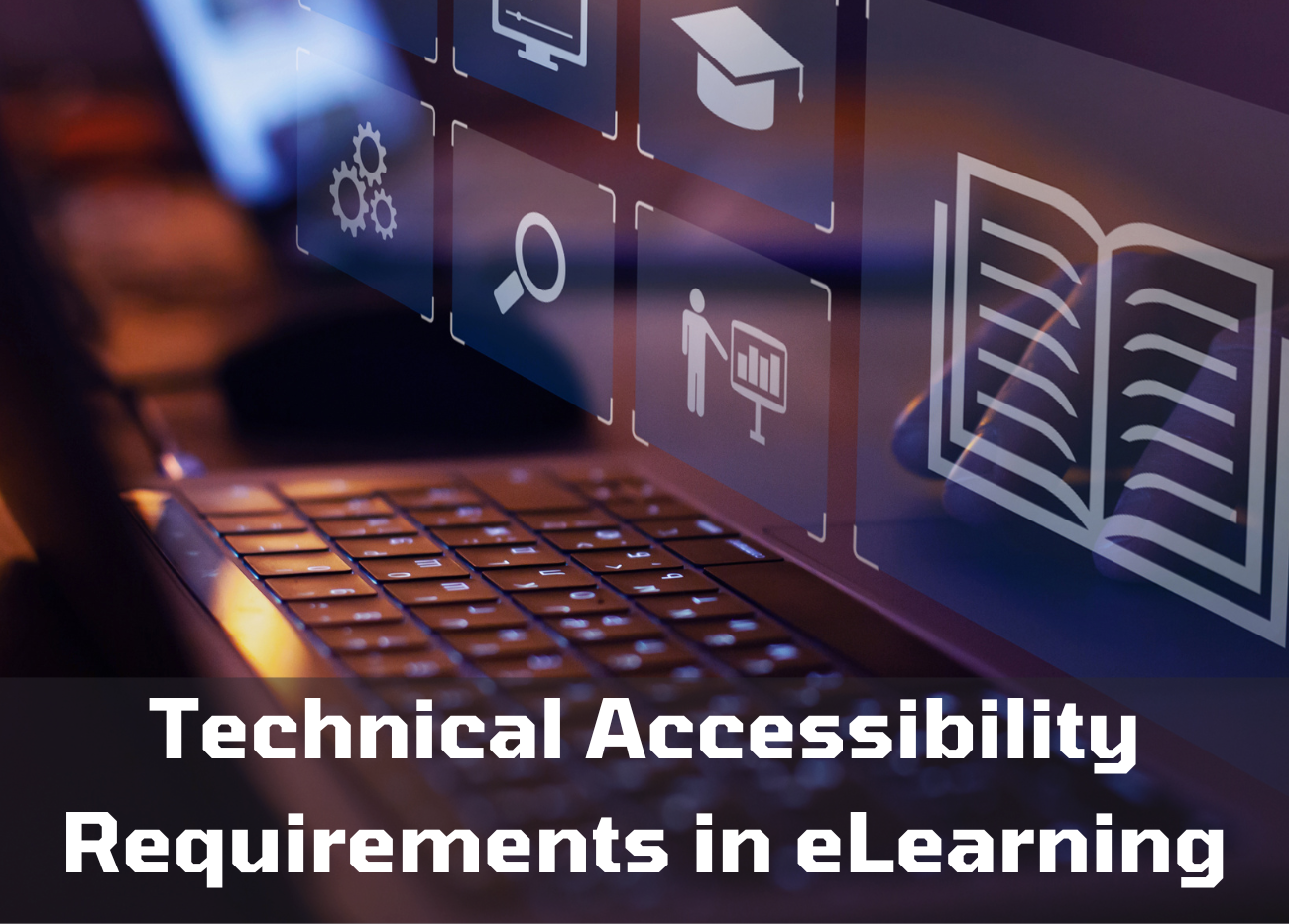Top eLearning Tools Revolutionizing STEM Classrooms
STEM (Science, Technology, Engineering, and Mathematics) education is rapidly evolving, and eLearning tools are playing a critical role in making STEM subjects more engaging, interactive, and accessible. With digital platforms, simulations, and virtual labs, students can now explore complex STEM concepts in a hands-on and immersive way.
In this blog, we will explore some of the most effective eLearning tools that are transforming STEM education for K12 students.
Why eLearning is Essential for STEM Education
STEM subjects often require visualization, experimentation, and problem-solving, which can be challenging in a traditional classroom. eLearning tools help bridge these gaps by:
- Providing interactive experiences that make abstract concepts tangible
- Enabling remote access to high-quality STEM education
- Encouraging self-paced and personalized learning
- Facilitating real-world applications of STEM principles
With these benefits in mind, let’s look at the top eLearning tools shaping STEM classrooms today.
1. Virtual Labs and Simulations
PhET Interactive Simulations
What it does: PhET, developed by the University of Colorado Boulder, offers free interactive simulations for physics, chemistry, biology, earth science, and math.
Why it’s great: These simulations allow students to experiment with scientific concepts in a risk-free environment. For example, they can explore electrical circuits without needing physical components.
Labster
What it does: Labster provides fully immersive virtual lab simulations that cover a wide range of STEM topics.
Why it’s great: It allows students to conduct complex experiments, such as DNA sequencing or chemical reactions, without requiring physical lab equipment.
2. Coding and Computational Thinking Platforms
Scratch
What it does: Scratch, developed by MIT, is a visual programming language that introduces students to coding through block-based drag-and-drop interfaces.
Why it’s great: It makes learning programming concepts fun and accessible, even for younger students, by allowing them to create animations, games, and interactive stories.
Tynker
What it does: Tynker is a coding platform that helps K12 students learn programming, robotics, and game development.
Why it’s great: With step-by-step guidance and creative challenges, it fosters problem-solving and computational thinking skills.
Arduino Education
What it does: Arduino provides open-source electronics kits and coding resources to help students learn about circuits and programming.
Why it’s great: It enables students to build real-world projects, such as smart home systems or robotic arms, blending engineering and coding.
3. Augmented Reality (AR) and Virtual Reality (VR) for STEM
Google Expeditions (Now Part of Google Arts & Culture)
What it does: Google Expeditions offers immersive VR field trips that let students explore scientific phenomena, space, and ecosystems.
Why it’s great: It provides experiential learning opportunities that would otherwise be impossible in a traditional classroom.
Merge Cube
What it does: Merge Cube is an AR tool that allows students to hold and interact with 3D STEM models, such as planets, human anatomy, and molecular structures.
Why it’s great: It makes abstract scientific concepts more tangible and engaging.
4. Digital Collaboration Tools for STEM Projects
Google Workspace for Education (Docs, Sheets, Slides, Jamboard)
What it does: Google Workspace provides cloud-based tools that allow students to collaborate in real-time on STEM projects and research.
Why it’s great: It fosters teamwork, data analysis, and documentation skills, essential for STEM learning and careers.
Microsoft OneNote & Teams for Education
What it does: OneNote and Teams enable students to take digital notes, organize research, and collaborate on STEM projects.
Why it’s great: These tools encourage structured learning and make it easy to share and discuss STEM topics in virtual classrooms.
5. AI-Powered Personalized Learning Platforms
Khan Academy
What it does: Khan Academy provides free, AI-driven personalized learning in subjects like math, physics, and computer science.
Why it’s great: It adapts to each student’s pace and skill level, ensuring better understanding and retention of STEM concepts.
Carnegie Learning’s MATHia
What it does: MATHia is an adaptive learning platform that offers AI-driven math tutoring for students.
Why it’s great: It provides personalized feedback and guidance, helping students master complex mathematical concepts at their own pace.
6. Robotics and Engineering Kits
LEGO Education SPIKE Prime
What it does: This kit allows students to build and program robots using LEGO bricks and sensors.
Why it’s great: It promotes hands-on learning in engineering, coding, and problem-solving.
Raspberry Pi
What it does: Raspberry Pi is a small computer that students can use to create real-world projects, such as weather stations or automated systems.
Why it’s great: It encourages creativity and innovation in engineering and computing.
Final Thoughts
eLearning tools are revolutionizing STEM education by making learning more engaging, interactive, and accessible. Whether through virtual labs, coding platforms, AR/VR experiences, or AI-driven learning, these tools empower students to explore STEM concepts in exciting and meaningful ways.
Educators who embrace these technologies will not only enhance their teaching effectiveness but also equip students with the skills they need to thrive in the future.
What’s your favorite eLearning tool for STEM education? Share your thoughts in the comments!
- Debdut Pramanickhttps://www.mitrmedia.com/resources/blogs/author/debdutp/
- Debdut Pramanickhttps://www.mitrmedia.com/resources/blogs/author/debdutp/
- Debdut Pramanickhttps://www.mitrmedia.com/resources/blogs/author/debdutp/
- Debdut Pramanickhttps://www.mitrmedia.com/resources/blogs/author/debdutp/




